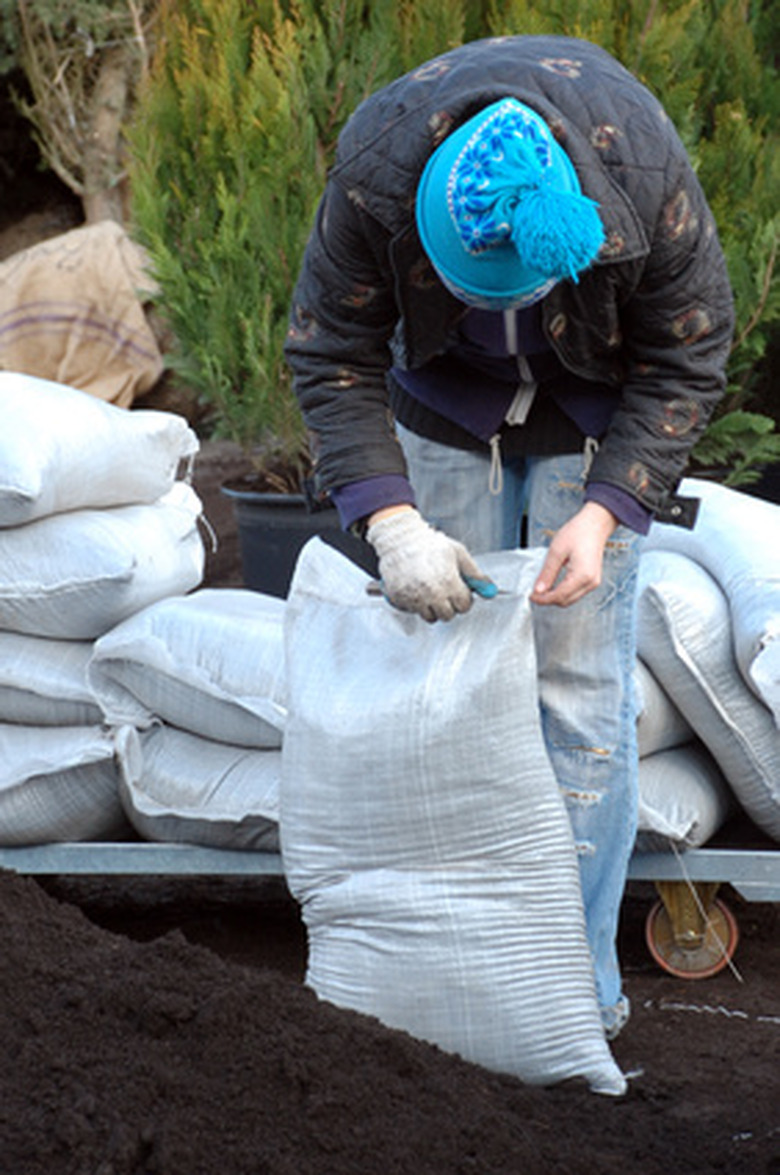Ohio Soil Types
Over the past century, scientists have identified more than 400 different kinds of soils, according to the Ohio Department of Natural Resources. A soil series is a way of classifying soils, from general soil types to specific order, suborder, great group, subgroup, family and series. Soils are classified according to composition, thickness and arrangement. It is easiest to classify soils in Ohio according to region.
Northwest
Northwestern Ohio was formed as part of glacial pull and contains elements of glacial sediments. Soils that have a coarse texture, sloping or steep in their placement, are common to the region. This area has a lot of organic matter in the soil, but also contains great amounts of clay. The area is mainly urbanized because of its unsuitability for planting.
- Over the past century, scientists have identified more than 400 different kinds of soils, according to the Ohio Department of Natural Resources.
- It is easiest to classify soils in Ohio according to region.
West
In the western part of the state, which extends into Indiana, the soil is finer in texture and is well-drained. Miamian soil, a soil olive brown in color and full of organic matter, is common in the region. Toward the northwest, the soil is less fertile, as older glaciers formed the area, meaning the soil is more weathered than younger soil in the southwest. There is very little rock in the soil, as the bedrock of the area does not extend into the topsoil.
East and Central-East
The east and central-eastern farming region of Ohio have a reddish, clay color, but have little clay material. They also need organic matter. The subsoil of the regions are dry, rocky and uneven. But the regions are heavily farmed. Modern agricultural processes use fertilizers and utilize topsoil from other regions to make this a fertile farming area.
- In the western part of the state, which extends into Indiana, the soil is finer in texture and is well-drained.
Northeastern Region
In the northeastern part of the state, the soil ranges from coarse-textured to fine-textured, with coarse-textured and well-draining soil being more common to the southern part of the region. The region's soil level is rather even, making it ideal for foraging grasses and sod production.
